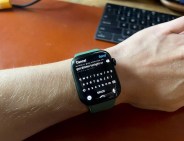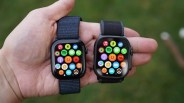Welcome to Further Details, a recurring column where we investigate what purpose an oft-overlooked product element actually serves. This week: the Apple Watch’s Digital Crown.
The Apple Watch isn’t merely a miniaturized phone or tablet on a strap. It’s an evolution of “smart” technology, yes, and the company’s design DNA is evident — but it also builds upon centuries of traditional watchmaking in more ways than most people realize.
Products in the Guide
The rectangle with rounded corners is a familiar Apple product profile — but the Apple Watch’s silhouette is differentiated from that of other devices by one key feature: a protruding knob on the righthand side. If you’ve used an Apple Watch, you understand how intuitive this Digital Crown is: its dual roles as a button and as a dial mean it performs a range of functions in conjunction with the touchscreen — and another smaller side button — to control the Watch.
A push of the button will awaken the Watch, return to your last app or summon Siri (and more), while turning it allows you to scroll, zoom and even dim the display (and more). It’s very clever, but Apple owes some credit to watchmakers who developed the feature not only for the relatively rudimentary functions of traditional watches but also for its basic concept and ergonomics.
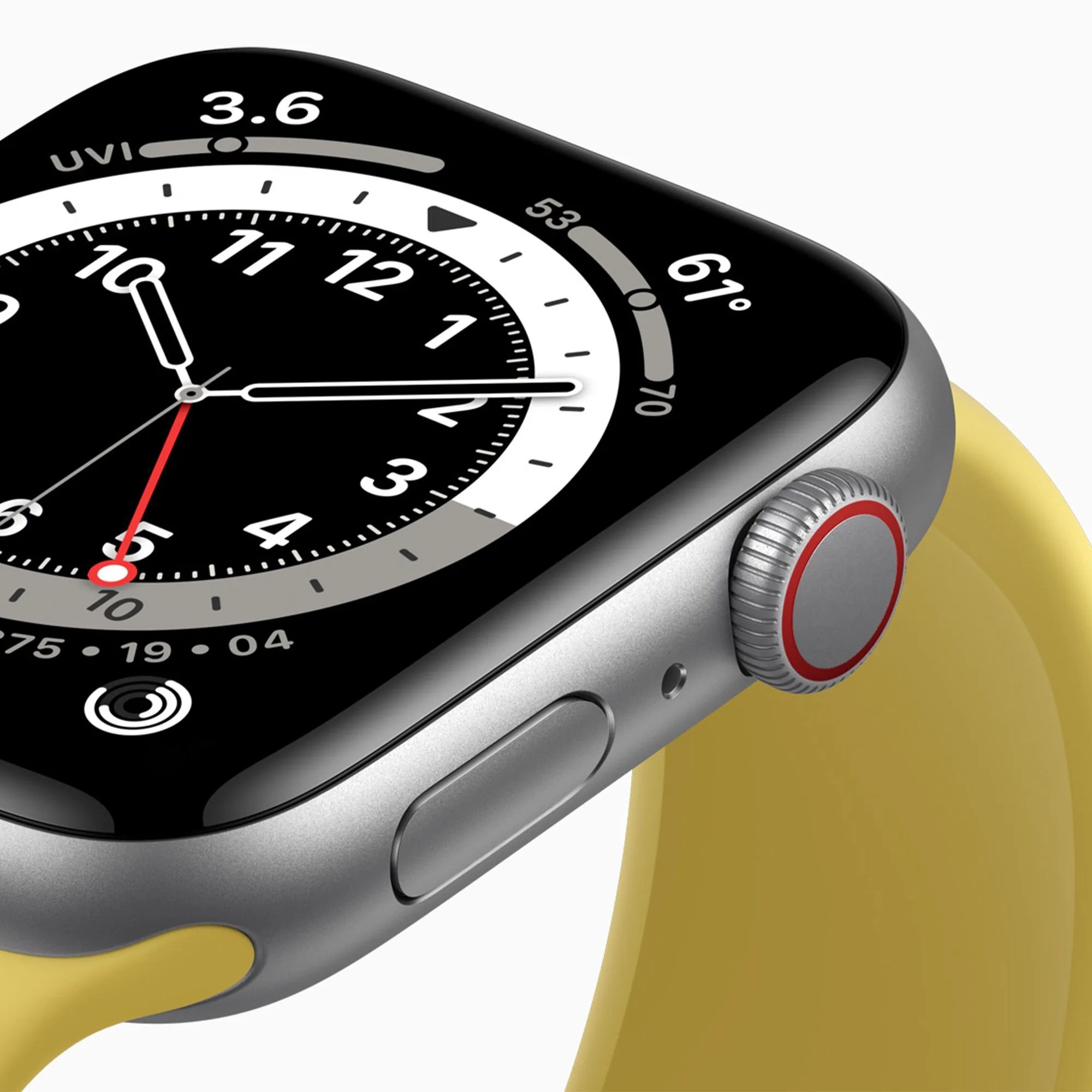
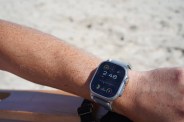

![Apple Watch Series 9 [GPS 41mm] Smartwatch with Midnight Aluminum Case with Midnight Sport Band S/M. Fitness Tracker, Blood Oxygen & ECG Apps, Always-On Retina Display](https://1llimited.info/wp-content/uploads/sites/2/2023/10/1696435896-719DHTuqS4L-jpg.webp?w=1920)
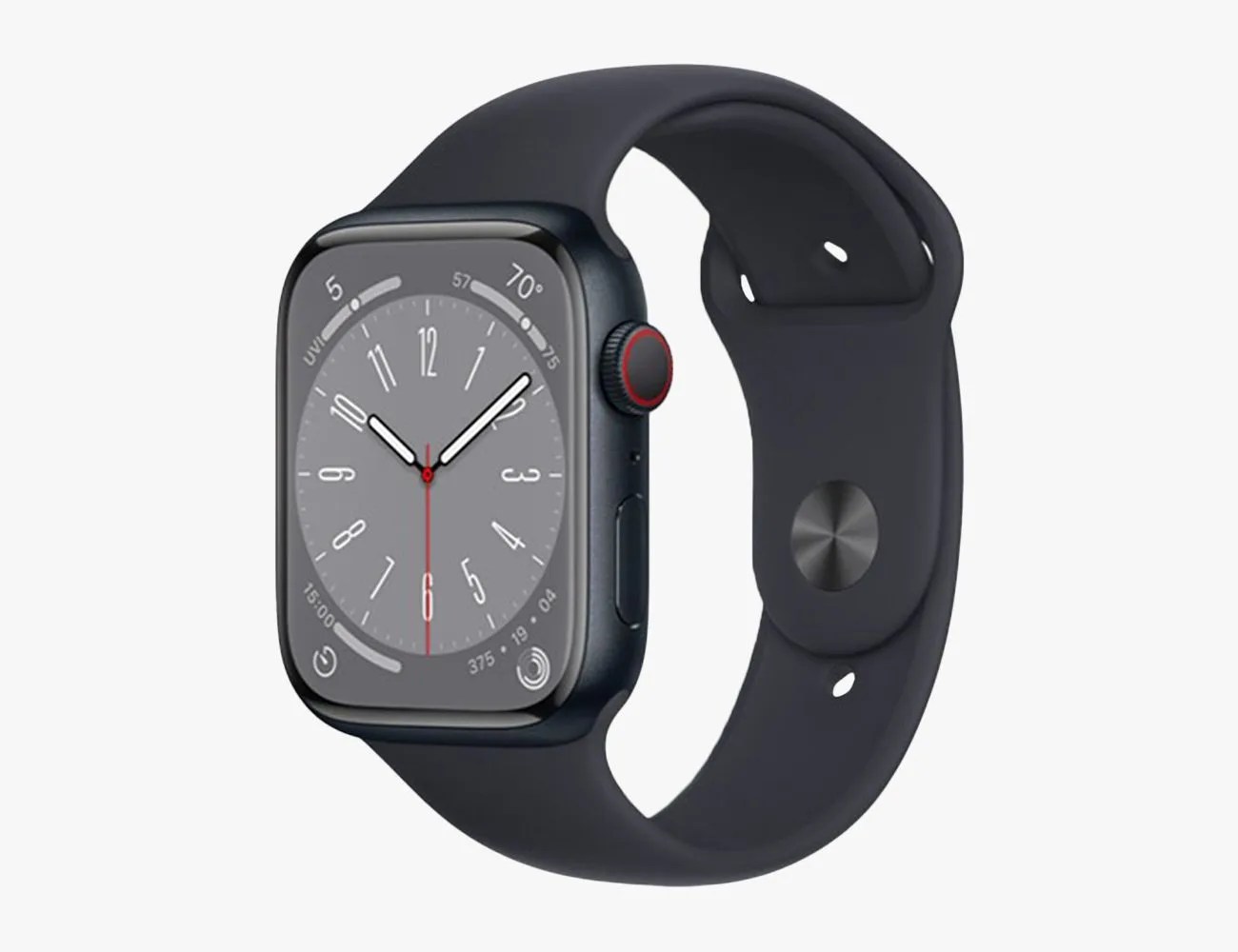
![Apple Watch Ultra 2 [GPS + Cellular 49mm] Smartwatch with Rugged Titanium Case & Indigo Alpine Loop Medium. Fitness Tracker, Precision GPS, Action Button, Extra-Long Battery Life, Carbon Neutral](https://1llimited.info/wp-content/uploads/sites/2/2023/10/1695173921-81LaeWvEbGL-jpg.webp?w=1920)
